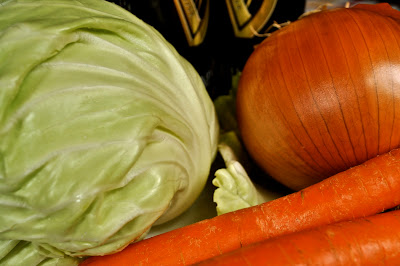Note about the guest blogger- Katie Ross
Katie is sneaking ever closer to the end of her final semester at Gonzaga University and is author of the Schweitzer Mountain Resort Blog, which annals the life and times of a Schweitzer Marketing Intern. Thanks Katie!
Let’s get one thing straight: I am not a cook. Mostly I make PB n' J, chicken pasta with jarred alfredo sauce and things that were once frozen. However, I was extremely excited when I was asked to do this blog. I’ve never cedar planked anything in my life, but cedar planked salmon is one of my favorite foods in the world. I enthusiastically chose a recipe from outdoorgourmet.com (maple cedar plank salmon) and commenced preparations. Since I was cooking anyway, I decided to turn it into a par-tay, Schweitzer style.
So I spread the word, bought ingredients and said some prayers for the turnout. And it was a blast. The night started out fairly typical of me trying to cook: I had foolishly placed my jar of sun-dried tomatoes packed in oil in the fridge, and all the oil congealed into a solid mass. Also, as I was hand-shelling pistachios, I managed to spill half of them on the floor. (What to do, what to do…well, a little floor spice never hurt anyone). Placing the jar of tomatoes in a glass of hot water melted the oil back to liquid form. Soon after that, the drinks started flowing and things started looking up.
First I made the appetizer, which wasn’t as easy as I thought. I got the recipe from the Food Network and it said prep time would be 20 minutes. False. Maybe if you bought already shelled and crushed pistachios, but that’s not the way I roll. I also fought a hard-won battle with the goat cheese. But, it was delicious and a huge hit with everyone.
While I made the salad and prepped the salmon, my dad had the great idea of putting some of the extra pistachios on the salmon. Instant success. I threw in on a plank, but the plank on the rack of a roasting pan and baked it for about 20-25 minutes at 400 degrees. Heaven. I have to say it was possibly some of the best salmon I’ve ever had!
After the food had been devoured, an intense game of Apples to Apples commenced. Someone, who shall remain nameless, got a little too competitive for his own good (...or maybe it was the beer?) and got a little rowdy every time he won. But it was all in good fun.
Overall, the experience was amazing and I’m so glad I got to share it with some of my favorite people. Even my dad came up for the big event. I think what I learned from this experience is that cooking some great food is an awesome way to bring people together…maybe I’ll have to start doing it more often!
Outdoor Gourmet Maple Plank Salmon, KR style
2lbs. fresh salmon
Brown Sugar
Salt
Pepper
Crushed pistachios
Preheat oven to 400 degrees. Sprinkle brown sugar, salt and pepper on salmon. Cover with crushed pistachios and bake for 20-25 minutes or until fish is light pink throughout
Aunt Julie’s Salad
Dressing:
½ cup sugar (I probably used less than ¼ cup)
½ cup apple cider vinegar
1 teaspoon grated red onion
½ teaspoon dry mustard
½ teaspoon salt
¼ cup vegetable oil (I used olive oil)
Salad:
1 bag fresh spinach
¾ finely chopped red apples
Desired amount red onion
Combine dressing ingredients in a small bowl and mix. Then combine with spinach, apples and onions in a large bowl. Toss and serve.
Tomato and Goat Cheese Skewers
1 jar sundried tomatoes, packed in oil
8-10oz log of goat cheese, chilled
Half bunch of fresh basil
1 cup pistachio nuts, finely chopped
20 cocktail skewers
Cut goat cheese log in half lengthwise. Cut each half into 10 pieces and roll into balls. Roll each of the goat cheese balls in shallow bowl of crushed pistachios so half of each ball is covered. Place on chilled baking sheet. Drain tomatoes and pat dry with a paper towel. Fold one tomato around a fresh basil leaf and skewer to the goat cheese balls. Repeat with remaining skewers.


















































